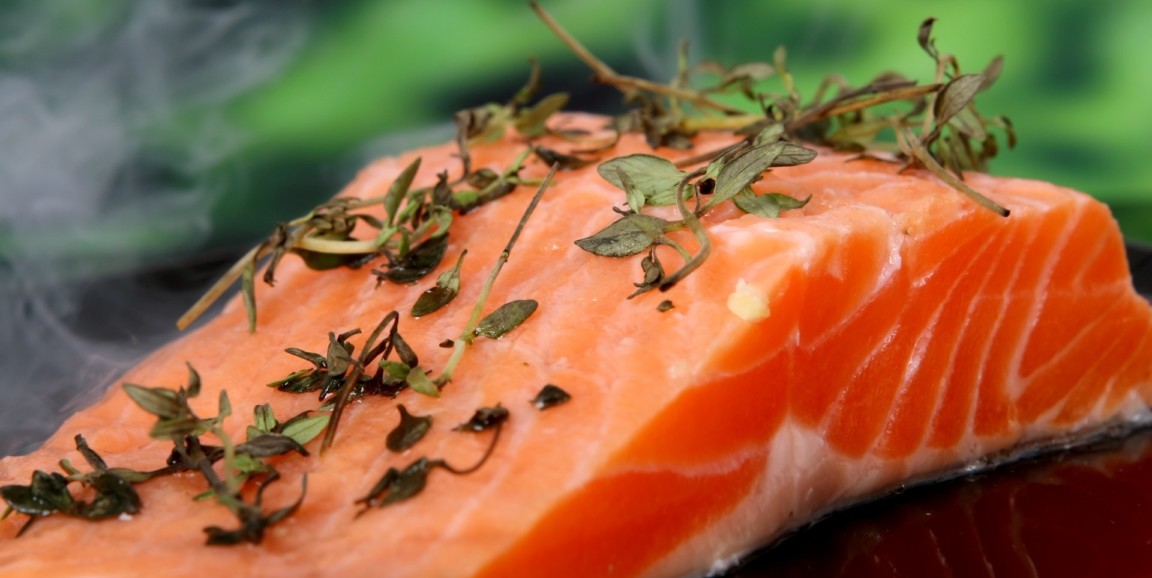A paleo diet is a dietary plan based on eating foods similar to those eaten by early humans during the Paleolithic era more than 10,000 years ago. A paleo diet includes meats, fish, fruits, vegetables, nuts and seeds. These are food sources obtained through hunting and gathering before humans developed agriculture.
This is a radical departure from a typical American diet. Most modern foods, including dairy products, oils, legumes and flours, rely on large-scale farming. Then nearly all of these foods are further processed by grinding, combining, fermenting, pressing or otherwise manipulating raw food sources. Most of the time, processing renders them less healthy (think white bread).
Health rationale slogan: Stay healthy by avoiding modern, processed foods.
Analysis: This diet can be healthy if there is balanced consumption of all of the various paleo food sources. There is a valuable insight in this diet’s design: greater processing of food has led to adverse effects on health. This is particularly true for desserts, which often concentrate together highly processed grains (wheat flour), sugars and oil, ingredients not available in the Paleolithic age. Likewise, alcoholic beverages are very non-paleo. Not all of the paleo food choices are necessarily good (especially in the form they are found in today — consider the differences between industrially produced meat and the animals available thousands of years ago); however, and some potentially nutritious foods are off-limits, particularly whole grains and legumes.
Dominant source of protein: Meat
Most common fats: Saturated fats (bad fats) obtained through meat
Most common carbs: Good carbs found in fibrous vegetables.
Easy to follow?: The paleo diet is not easy to implement at home given the large shift in food sources required. While it is usually difficult to follow when eating out, many restaurants are increasingly offering special items for paleo diners.
When it goes wrong: There is nothing healthy about over-consuming saturated fats, a frequent result of the meat-fest many indulge in with the paleo diet as an excuse. The high intake of saturated fats, contained especially in red meat, have several deleterious effects. Saturated fats have a high caloric content (fat has twice as many calories per ounce as carbs). They are associated with higher rates of heart disease and negative metabolic effects. Ironically, the meat consumed by our ancestors contained much less fat than current farm-raised meat.
To make it healthier: Eating an abundance of vegetables, fruits, and nuts captures the beneficial side of the paleo diet. According to Stanford nutrition specialist Christopher Gardner, PhD:
Emphasizing daily consumptions of fibrous vegetables, fruits, nuts and seeds is consistent with public health nutrition recommendations. Adding fish (when affordable, and when sustainable) can also be a good choice. Think twice about meat unless, of course, you’re obtaining it through bow hunting in the wild like our Paleo ancestors.
If you’re going to cheat: The diet would be just as healthy, but potentially more rewarding, if you include modest amounts of dairy (a good source of needed calcium) as well as a variety of whole grains and legumes.
Conclusion: The paleo diet is a potentially healthy diet based on a valid premise about the harms associated with modern, processed foods. But overindulgence in fatty meats (especially processed meats) can immediately turn this potentially promising diet into a health disaster.
This is the second post in a series called A Skeptical Look at Popular Diets. The series will review the eight currently most prominent diets in America. The next blog post will discuss vegetarian or plant-based diets.
Randall Stafford, MD, PhD, is a professor of medicine at Stanford. He practices primary care internal medicine and studies strategies for preventing chronic disease. Stanford professor and nutrition scientist Christopher Gardner, PhD, examines the impact of diet on health and disease. Min Joo Kim provided research assistance.
Photo by moreharmony






